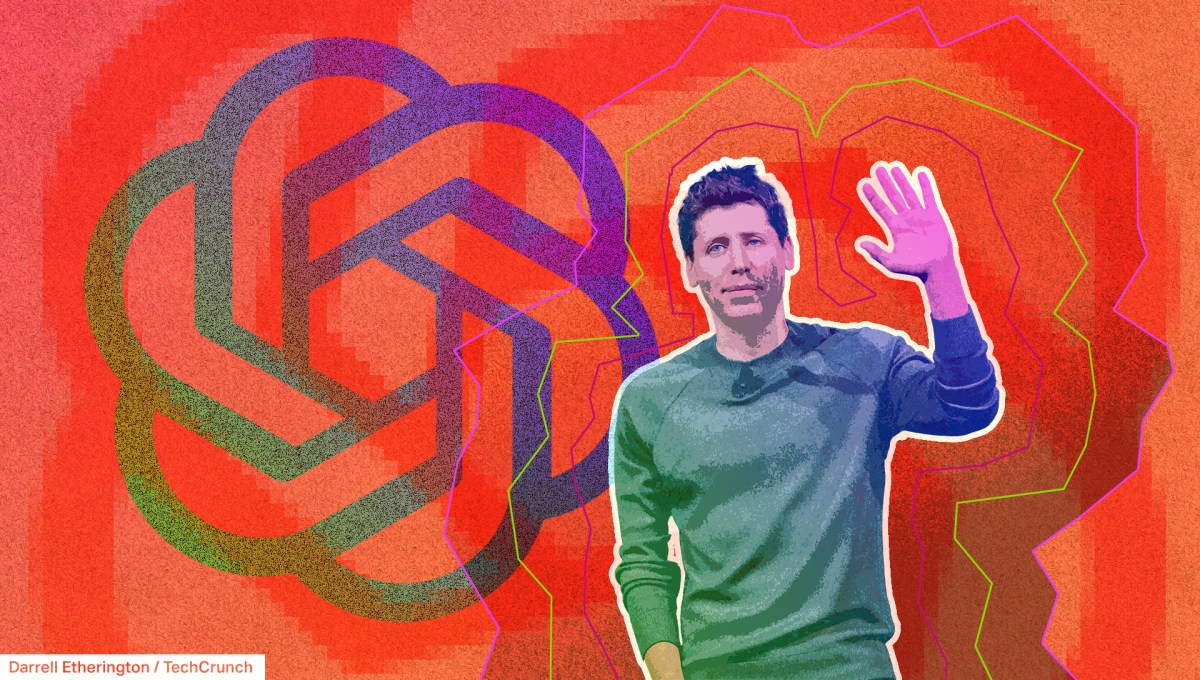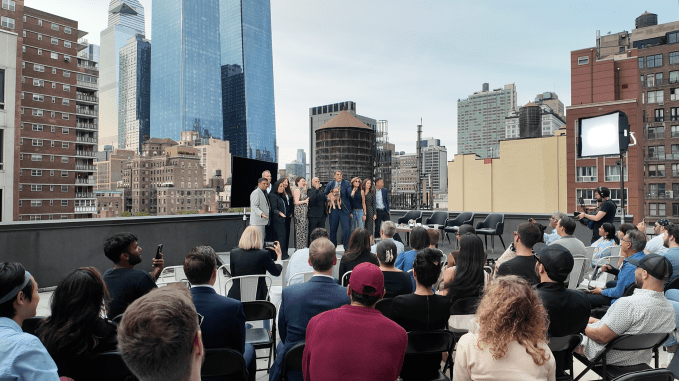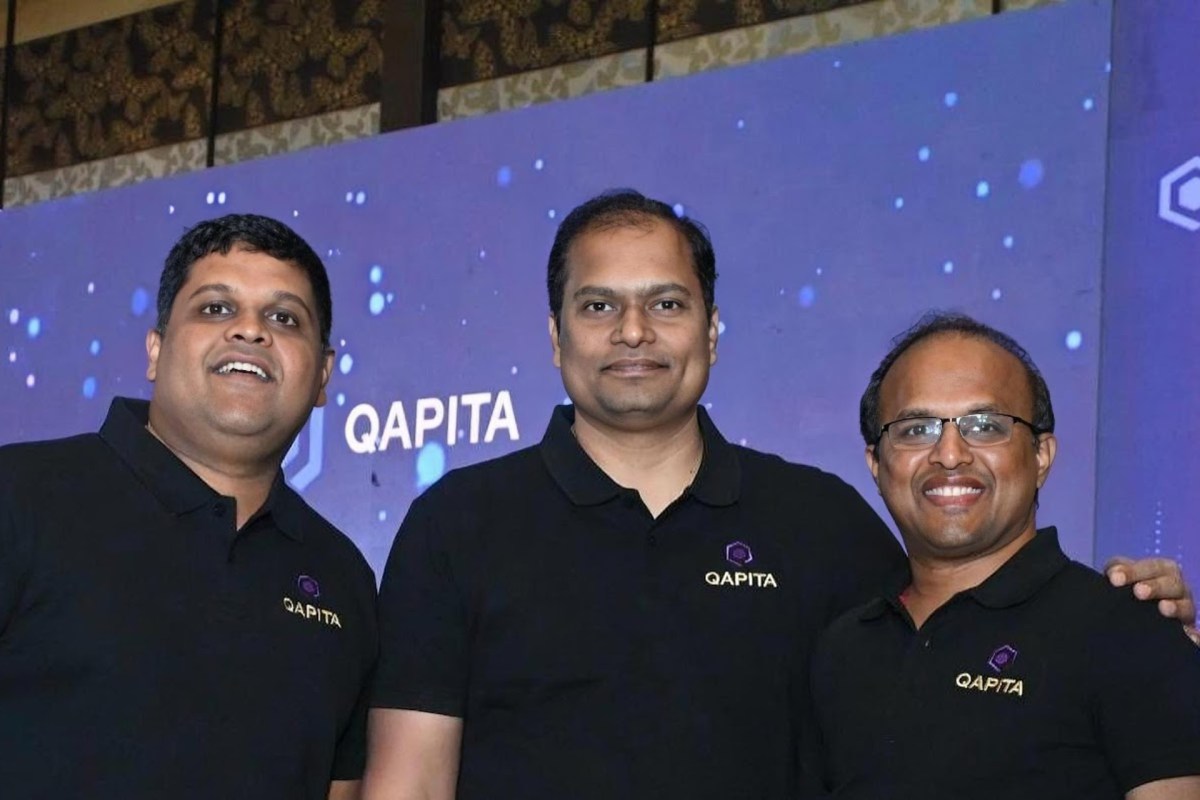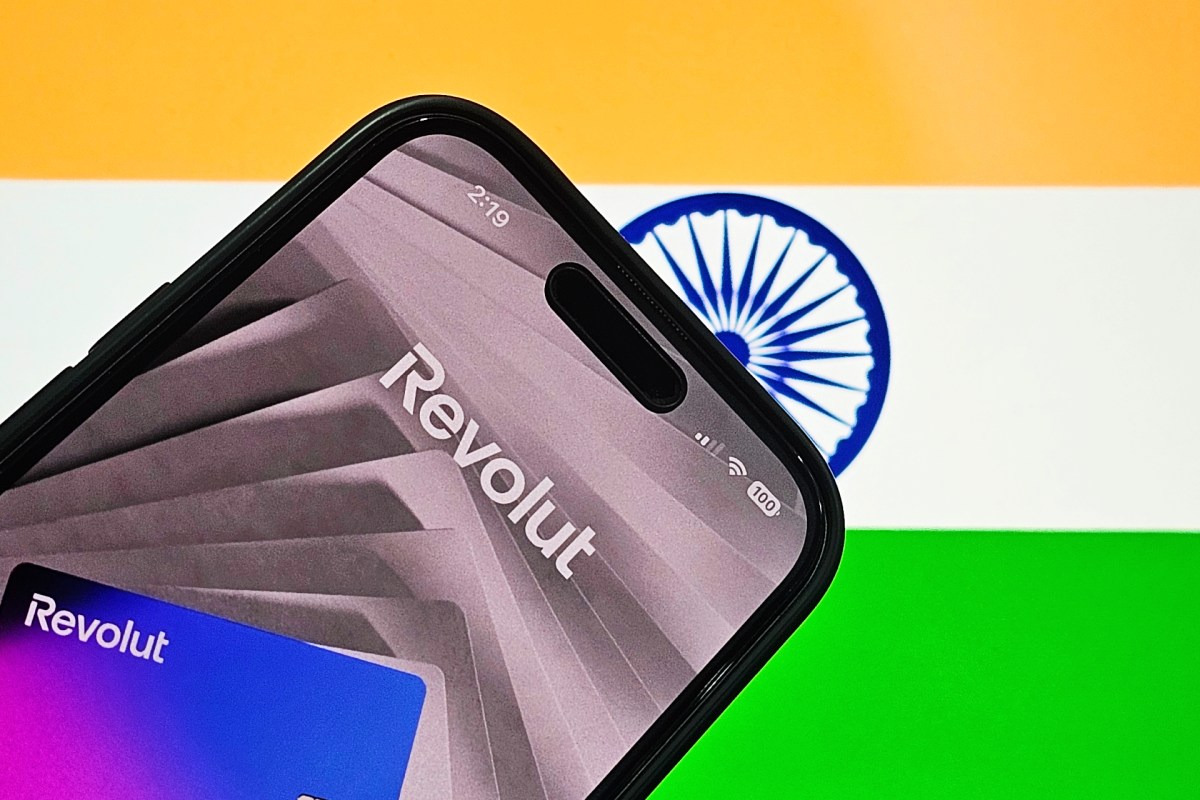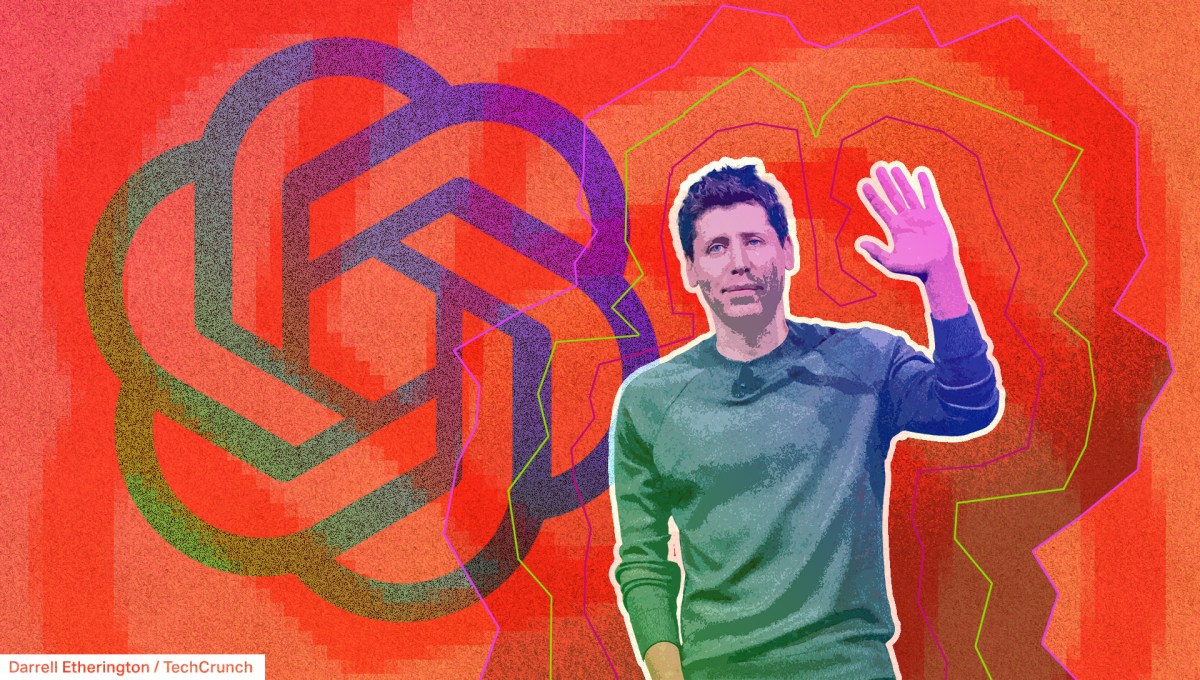
Around the same time that Nvidia’s CEO, Jensen Huang, voiced his surprise regarding OpenAI’s substantial, multi-billion dollar agreement with AMD, a competitor, not long after Nvidia had agreed to potentially invest $100 billion in the AI model developer, Sam Altman indicated that similar agreements were anticipated.
Huang made an appearance on CNBC’s Squawk Box on Wednesday. He said, “Not really,” when questioned about his prior awareness of the AMD arrangement.
As previously covered by TechCrunch, the OpenAI-AMD agreement is unusual. AMD has committed to granting OpenAI substantial amounts of its stock—potentially up to 10% of the company over several years, contingent on factors like stock price increases. In return, OpenAI will utilize and assist in the development of AMD’s next-generation AI GPUs. This turns OpenAI into an AMD shareholder.
The Nvidia agreement is the opposite. Nvidia has invested in the AI model-making startup, thus becoming an OpenAI shareholder.
While OpenAI has used Nvidia hardware for years through cloud providers such as Microsoft Azure, Oracle OCI, and CoreWeave, Huang stated, “This is the first instance of us selling directly to them.” He also stated that his company would continue to provide hardware to cloud providers as well.
According to Huang, these direct sales, which include AI equipment beyond GPUs, such as systems and networking, are meant to “prepare” OpenAI for the time when it functions as its own “self-hosted hyperscaler,” meaning when it depends on its own data centers.
Huang acknowledges, however, that OpenAI “does not yet have the funds” to cover the cost of all of this equipment. He anticipated that each gigawatt of AI data center capacity would cost OpenAI “$50 to $60 billion” to pay for everything from land and electricity to servers and hardware.
Techcrunch event
San Francisco
|
October 27-29, 2025
So far in 2025, OpenAI has commissioned 10 gigawatts worth of U.S. facilities through its $500 billion Stargate arrangement with Oracle and SoftBank. (Additionally, it entered into a $300 billion cloud agreement with Oracle.)
Its Nvidia partnership involved at least 10 gigawatts of AI data centers. Its AMD partnership involved 6 gigawatts. Furthermore, its “Stargate UK” partnership entails growing data centers in the U.K., and it has made other European commitments. By some estimates, OpenAI has secured $1 trillion in such agreements this year.
Bloomberg reported that, like the AMD agreement, Nvidia’s agreement has drawn criticism for its “circular” nature. Critics claim Nvidia is essentially funding OpenAI’s purchases in exchange for the AI startup’s stock.
Altman to the world: Expect more
Sam Altman, the CEO of OpenAI, gave an interview on Andreessen Horowitz’s a16z Podcast as Huang examined OpenAI’s infrastructure demands on CNBC.
During the podcast, a16z co-founder Ben Horowitz informed Altman that he was “very impressed by deal structure improvement,” in reference to these most recent agreements. Andreessen Horowitz is an investor in OpenAI, so it would be surprising if he wasn’t impressed. OpenAI has discovered a way to potentially get billions of dollars’ worth of equipment paid for by others. Over and over again.
When questioned about these recent agreements, Altman responded, “You should anticipate a lot more from us in the months ahead.”
Altman believes that OpenAI’s future models and other planned products will be significantly more sophisticated, which will generate significantly more demand, so “we have decided that it is time to place a very aggressive infrastructure bet,” he said.
The issue is that OpenAI’s current revenue is far from $1 trillion, though it is, by all accounts, rapidly growing, reportedly reaching $4.5 billion in the first half of 2025.
Yet Altman clearly thinks that all of this investment will eventually pay off. “I’ve never been more confident in the research road map ahead of us and also the economic value that will result from using those [future] models.”
However, he stated that OpenAI cannot achieve all of that economic richness by itself.
“To make the bet on this scale, we essentially need the entire industry, or a sizable portion of it, to support it. This includes everything from the level of electrons to model distribution and all in between, which is a lot. As a result, we intend to collaborate with a number of people,” Altman stated, anticipating more agreements in the coming months.
So, tech industry, be prepared. OpenAI is still actively negotiating.

